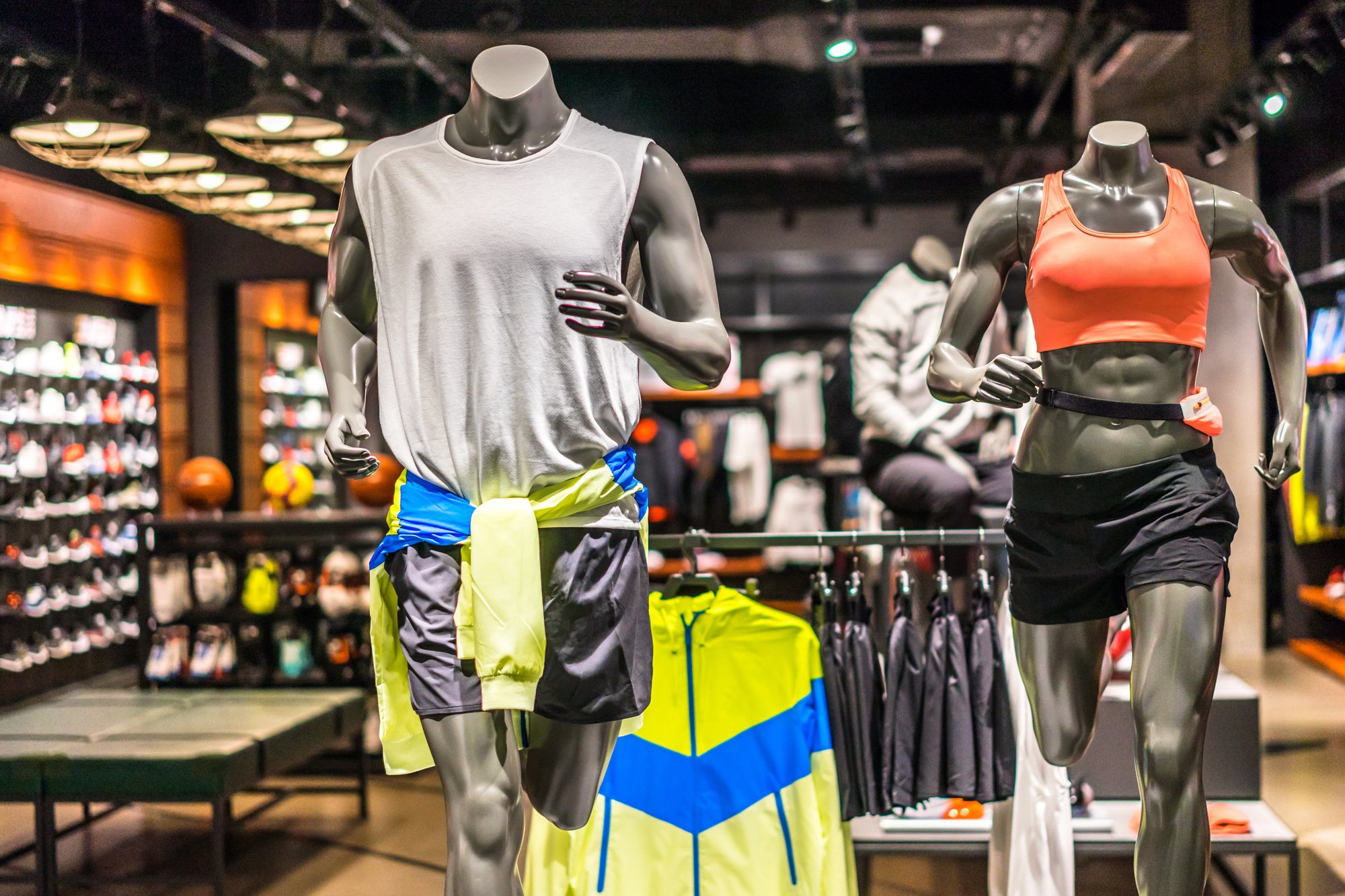Trends — Culture • Lifestyle • Future

The pandemic has forced consumers to rethink their priorities and motivations. As new trends emerge and evolve, these shifts in consumer mindset play out differently across various industries, posing new challenges while also providing exciting opportunities.
Stay-at-home orders were issued across the globe in March and April 2020 as a response to the pandemic, driving a large portion of the global workforce into working from home, and students into remote learning. Restrictions on public gatherings meant fewer activities outside the home, resulting in a good number of us having more time to focus on ourselves and our families.
There was also great uncertainty then as vaccines were not yet available. Consequently, both physical and mental wellness became foremost matters of everyone’s minds. With the virus serving as a constant reminder that life is short, many of us became more mindful of the present.
This shift in mindset saw more individuals practising self-care, placing more value on quality time with loved ones, being more careful and proactive with personal finances, while also treating ourselves with more kindness. These changes manifested themselves in the different trends that swept across Asian countries during the period.

Shifting Views on Clothing
Among clothing retailers, those that prioritised casual wear and everyday essentials bounced back faster from the immediate economic impact of the pandemic. With most shoppers staying home, Uniqlo successfully communicated to consumers that their extensive line of clothing still had a place in our wardrobes. Looking good allows us to feel good—a form of self-care on its own—and, we get to stay comfortable during long online meetings thanks to their AIRism technology and Supima cotton fabric.
Besides casual clothing, athleisure and loungewear brands like Kydra and Pomelo also rebounded quickly as they found a place in our homes. Consumers realised that with their new home fitness routines, their wardrobe also had to adapt. Sporting athleisure throughout most of the day became the norm so that the fitness-minded could squeeze in a quick workout between meetings or during lunch break.
Shifting Views on Food
Food can be a source of great comfort, and this was no different during the pandemic, when we turned to sharing food as a way of staying connected with loved ones remotely. Countries like Singapore, Japan, and Australia saw increased interest in gift-giving services for snack boxes and food hampers. In the Philippines, family meals were sent from one source to multiple addresses to commemorate birthdays and celebrations. The food and beverage industry promptly adapted by offering group multi-delivery. For instance, Jollibee, a beloved Philippine fast-food chain, encouraged customers to “send the joy of eating to many”.


Jollibee, which used to present itself as a grab-and-go option for busy professionals, now markets itself as a surprise treat to “bring home more joy” to one’s family. The brand recognised that during these times, Filipino families were finding ways to reconnect with each other and to deepen relationships. Its value proposition has therefore shifted from physical venues where friends, colleagues, and family gather, to being a figurative conduit that enhances quality time with the family at home.
Still, while some people reached towards comfort food, others chose to utilise food as another tool in their arsenal against disease. Across the continent, sales of multivitamins, superfoods like kombucha, and healthier snacks like nuts proliferated. In Indonesia and the Philippines, demand for fresh produce increased. And in South Korea, red ginseng, long recognised as an immune booster, saw a further boost in sales as people sought to gird their bodies against disease.
Shifting Views on Fitness
Alongside food, many turned to physical exercise to stay healthy. In Singapore, sports retailers like Decathlon and Gymsportz enjoyed a spike in sales of home gym equipment as people switched to working out at home. In South Korea, weekend hiking gained popularity among millennial city dwellers.
Mental health has also come into the frame. The Philippines witnessed a boom in home gardening as people sought new hobbies that functioned as destressers. So popular was this new hobby that a new term was coined—“plantita,” a portmanteau of “plant” and “tita,” meaning “auntie”—to refer to this growing cohort of plant-loving folks.

Shifting Views on Financial Goals
Though consumers were spending their hard-earned money on new hobbies, we also found them being prudent with their finances. There was more emphasis on quality purchases and thoughtful consumption, spending wisely by making use of deals and discounts, and the use of “buy now, pay later” schemes.
Changes in consumers’ financial priorities prompted AXA Singapore to adapt its messaging. From a lifestyle focused on achieving career milestones and indulgent travel experiences, clients are instead reminded to cherish what they already have by maintaining good health, spending quality time with loved ones, and pursuing self-improvement. Indeed, many households found their incomes less predictable and secure in 2020—there was less focus on risk-taking, and more on security.
AXA Singapore has seen a significant mellowing of the go-getter lifestyle it used to espouse. It now highlights self-care—“that feeling when you're living on your own terms”—and has tailored its offerings to the times. Its Better Me programme, for example, provides employers with mental health support for their workforce. The firm has adopted a more sensitive tone towards individuals whose finances have become precarious, as many move towards a minimalist lifestyle that focuses on simple joys.
Conclusion
With these shifts in consumer mindset, businesses that have adapted their messaging accordingly are more likely to resonate with their audience. Of course, some industries were poised to succeed from the start—health supplements, cleaning products, and casual clothing. But the way the public perceives these products and how their value is communicated has shifted along with consumers’ return to basics.
As we near the end of the pandemic, the jury is out on whether consumers will retain these inward-facing values. What we can say for sure is that brands that gamely adapt to changing times and attitudes are best equipped to thrive as we transition into the new normal.